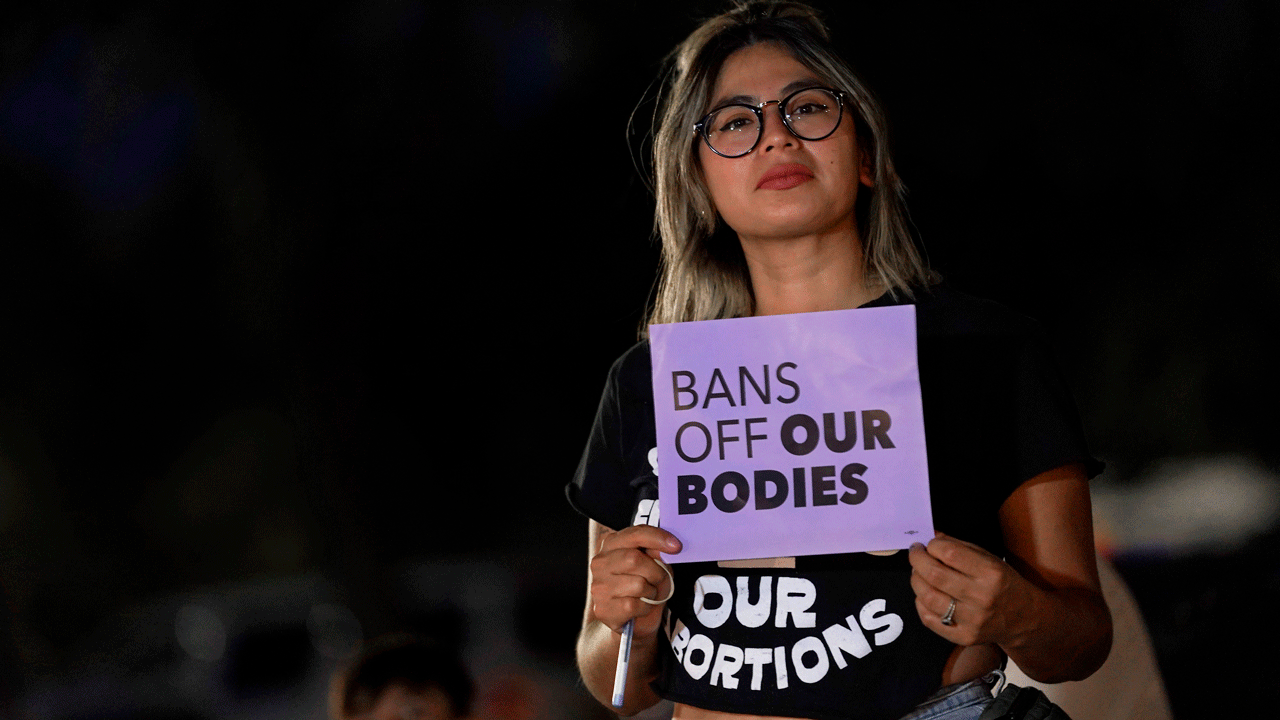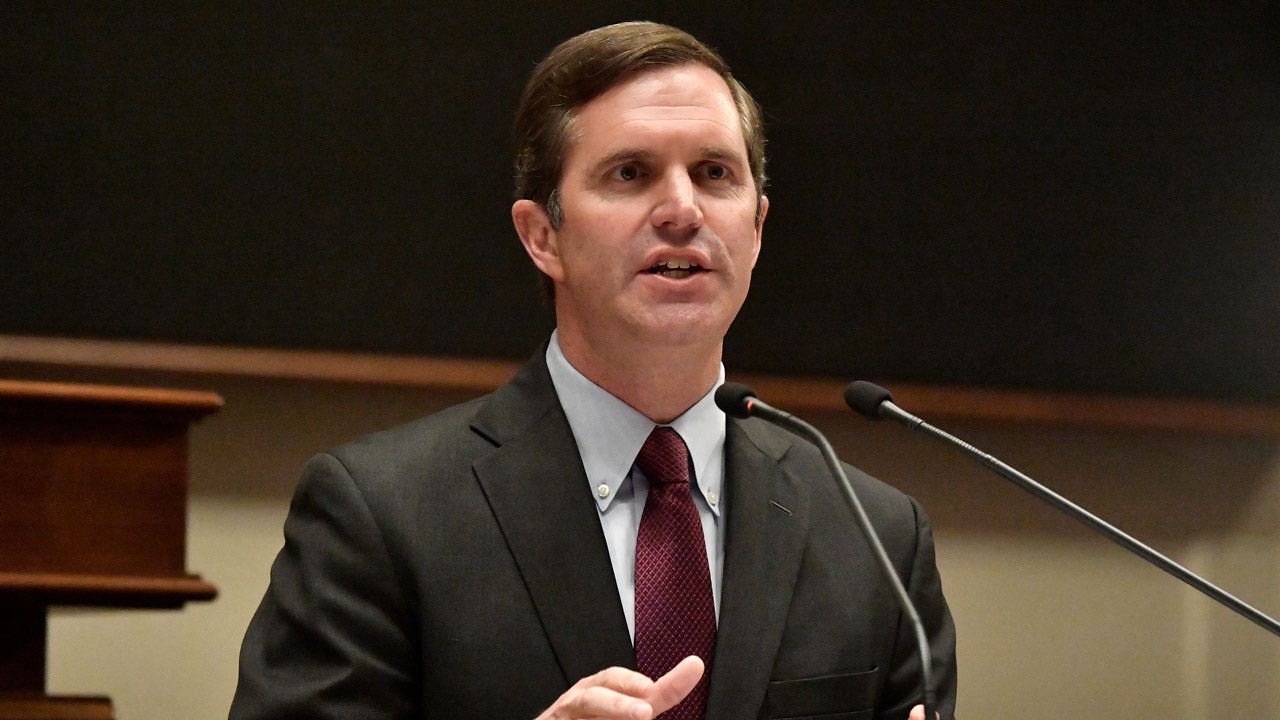Business
Venture Capital Giant Sequoia Spins Off China and India Units

Sequoia Capital, one of Silicon Valley’s most prominent venture capital firms, is breaking itself up, spinning out its Chinese unit into an independent company at a time of rising tensions between China and the United States over investment and access to advanced technologies.
The firm announced on Tuesday that it planned to split into three independent partnerships, with its businesses in China and India adopting new brands and the firm in the United States and Europe retaining the Sequoia name. The firm’s global footprint had become “increasingly complex” to manage, said a statement from Sequoia’s managing partner Roelof Botha; the firm’s China head, Neil Shen; and its India head, Shailendra Singh.
In an interview, Mr. Botha said that Sequoia had evaluated whether a centralized model made sense “over the years.” The issue came to a head in the past couple of months, and “it just became clear to us that the cost of holding it all together and background wasn’t worth it,” he said.
“Increasingly, we deal with portfolio conflicts across entities because founders really now have global ambitions,” Mr. Botha said. “And the brand confusion was just starting to chafe at everybody.”
Sequoia’s China business will be called HongShan. Sequoia’s business in India and Southeast Asia will be called Peak XV Partners.
Sequoia has more than $53 billion in assets under management in the United States and Europe, $56 billion in China and $9 billion in India and Southeast Asia. The firm’s business in the United States and Europe has generated returns of more than $30 billion over the past five years, according to a person familiar with the fund’s performance.
Since it entered China, in 2005, Sequoia has played a prominent role in the rapid and lucrative rise of China’s tech giants. Its notable investments include ByteDance, the owner of the video app TikTok; the fintech company Ant Group; and the fast-fashion retailer Shein. The firm has invested in over a thousand companies in China, including in rising tech sectors such as electric vehicles and biotech.
Mr. Shen, Sequoia’s China head, sits on the board of ByteDance, a company that has drawn scrutiny as TikTok faces the ire of U.S. lawmakers for its purported ties to China’s government, with executives from the hugely popular app facing questions about whether it spied on Americans on behalf of Beijing.
Lately, venture capital investors have grown wary of pouring money into China: Deal volume fell by half last year to about $69 billion, the lowest level in six years, according to PitchBook, a research firm. Not all of that can be tied to geopolitical tensions, with China’s economy slowing sharply while under strict “zero Covid” restrictions until late last year.
But doing business in China has become more complicated, particularly in sensitive industries like technology, as the United States and China compete for economic primacy.
The United States has been weighing restrictions on investments into China, which has generated strong pushback from some major investors, and hesitations from some Biden-administration officials who are concerned that overly broad measures could lead to unintended consequences. The possible restrictions are also being drafted while the administration also seeks to lower tensions with the Chinese government after a period of strained relations.
In a hearing before the Senate Banking Committee last week, Paul Rosen, the assistant secretary of the Treasury for investment security, said the administration was “working to craft a narrow and focused program” to restrict investment into certain sensitive technologies with national security implications, such as advanced semiconductors, artificial intelligence and quantum computing.
The U.S. government already prohibits domestic companies from directly selling certain technologies to China, and it monitors the investments that Chinese companies make in the United States for security risks.
The Chinese government has recently targeted advisory and consultancy firms with foreign ties, raising the alarm of executives in the West. These firms help foreign businesses assess investments, playing a particularly important role in China, where reliable information is hard to secure for companies looking to invest in the country.
Chang Che Ana Swanson and Michael J. de la Merced contributed reporting.

Business
In scramble to protect workers against heat, California officials exclude prisons from new rules

After last-minute objections from state officials thwarted plans to implement protections for workers in hot warehouses and other indoor facilities, California’s workplace safety agency is trying again to adopt the measures before the summer heat arrives.
At a March 21 meeting, the state board overseeing workplace safety standards was primed to approve the landmark regulations. Shortly before the start of the meeting, however, officials from the state’s Finance Department, which must sign off on new workplace rules, intervened. They raised concerns about the costs that California prisons and other public entities would incur trying to adhere to the new rules, saying the price tag for cooling correctional facilities could run “in the neighborhood of billions of dollars.”
Now, California’s Division of Occupational Safety and Health, or Cal/OSHA, said it will revise the proposed indoor heat rule to exclude state and local correctional facilities — an amendment that would appear to clear a path for approval of the rules in coming weeks.
H.D. Palmer, a spokesman for the Department of Finance, indicated the department supported the move.
“I don’t want to get ahead of our staff’s review, but given that it excludes correctional facilities, it would appear to address the issues that we had,” he said.
The announcement that correctional facilities will be carved out from the rule was made by the agency’s standards board Thursday and came amid considerable pressure from labor groups to get protections in place for their members.
“We are hopeful this will create a path for protections this summer but will not stop advocating until it is accomplished,” said Lorena Gonzalez, head of the California Labor Federation.
The federation and scores of regional unions and other workers groups sent a letter to Gov. Gavin Newsom on April 1 urging him to “act immediately” to approve the rule.
“With the swipe of a pen, the State of California can easily prevent workplace injuries and deaths brought on by indoor heat,” the letter read. “Summer is coming, and time is a luxury that workers cannot afford.”
Under the proposed indoor heat rule, employers would have to provide cooling areas and monitor workers taking breaks to cool down for signs of heat illness when temperatures inside reach or surpass 82 degrees.
If temperatures climb to 87 degrees, or workers are made to work near hot equipment, employers would be mandated to take additional safety precautions to either cool the broader work site, allocate more breaks, rotate out workers or make other adjustments.
After the board’s aborted vote, the state blew past a procedural deadline to get sign-off from the Finance Department, leaving supporters of the new rules to worry that the approval process would have to start from scratch.
But Eric Berg, a Cal/OSHA deputy chief, said Thursday the agency had found a way to extend the deadline, giving it the time it needed to revise the rules to exempt prisons.
It is expected to take several weeks for the revised rules to be formally approved, Berg said.
He added that Cal/OSHA plans to propose separate rules that would spell out heat safety measures for workers in jails and prisons. Those rules must go through the lengthy approval process from the start, which could take months or years.
Gonzalez, of the California Labor Federation, said unions for workers at correctional facilities are working with the governor’s office to craft a proposal. She said public sector unions may look to implement safety rules earlier, through collective bargaining agreements.
The original indoor heat rule is nearly eight years in the making, stemming from a 2016 mandate by the California Legislature directing Cal/OSHA to develop heat safety regulations.
The need for indoor guidelines has become increasingly urgent as climate change makes heat waves and high temperatures more frequent and severe, experts say. Some warehouses, shipping centers, kitchens, schools and other workplaces can soar above 90 degrees.
“We need these regulations to be in place before the summer,” said Laura Stock, a board member reached by phone last month. “As we heard from the testimony of all the workers and organizations that were there, people are suffering from the impact of heat illness.”
Business
The Big Number: $76,535

Her starting pay for the Fever — the Women’s National Basketball Association team that selected her as the No. 1 draft pick on Monday — is part of a four-year contract that will total $338,056.
But to some fans, it still seemed startling low for someone with her star power — especially compared with what her male counterparts in the National Basketball Association make.
Bryan Anselm for The New York Times
Business
California returns to job growth in March, but unemployment rate remains highest in nation

For the second month in a row, California posted the highest unemployment rate in the country, according to new data for March. And it was one of only two states, the other being Nevada, with a March jobless rate above 5%, said the Bureau of Labor Statistics.
On the positive side, data released Friday by the state’s Employment Development Department showed that California’s job growth turned upward last month, though the improvement still lagged behind the national average.
California’s jobless rate remained steady at 5.3% last month, even as unemployment for the nation ticked down to 3.8% in March.
Over the last year, California’s employment growth has been lagging behind the nation as a whole, in large part due to the deleterious effects of high interest rates on three pillars of the state’s economy — high-tech, entertainment and housing.
Analysts say that near-term job growth in California is likely to remain comparatively weak, but prospects down the road look brighter.
Despite the immediate hiring doldrums, the state’s budget woes — including costs for unemployment claims — and stubbornly high inflation, experts think California will not fall into a recession or lead the country into a downturn.
For one thing, the broader U.S. economy is continuing to expand nicely. The nation’s gross domestic product, or total economic output, likely expanded by a robust 3% in the first quarter, according to analysts’ forecasts. The GDP report will be released Thursday.
California’s greater reliance on sectors such as real estate that are highly sensitive to interest rates for financing and investing has hampered the state.
Even so, unlike the housing bust that brought on the Great Recession in 2007-09, most homeowners aren’t struggling with underwater loans as the overwhelming majority of them in California and the rest of the country are locked in at fixed rate mortgages that are considerably lower than the current rate of around 7%.
“In general, housing often functions as a trigger or force multiplier in a recession in California,” said G.U. Krueger, a longtime housing economist in Los Angeles.
About 90% of homeowners, in fact, are carrying home loans with rates below 5%, said Joseph Brusuelas, chief economist at the accounting firm RSM US.
So even though more consumers in California are having trouble with credit card debt, data show mortgage delinquencies remain very low.
Moreover, while inflation has been stickier than hoped for, analysts still see overall consumer prices gradually coming down this year and expect the Federal Reserve to begin cutting interest rates this summer or fall, in what is likely to be the beginning of a series of rate reductions.
“California is going to muddle through until we begin to see those rates eased,” Brusuelas said.
In March, the state added 28,300 net new jobs — about 9% of the nation’s total, shy of its 11.5% share of the U.S. labor force. In February, California lost 6,600 jobs while the U.S. added 270,000.
For the first quarter, California saw payroll job gains of 47,300, about 5.7% of the nationwide total.
Meanwhile, the state’s unemployment rate has gone up to 5.3% from 4.5% in March 2023, while the U.S. jobless figure has edged up to 3.8% from 3.5% during the same period.
In March, job growth in California continued to be led by gains in health services and private education. Over the last year, that combined sector has accounted for more than 80% of the state’s added jobs totaling 217,700. That’s followed by growth in government, construction, and leisure and hospitality.
But major sectors of the economy, including information, business and professional services and manufacturing, have lost jobs over the last year.
The state’s Employment Development Department report Friday continued to show a wide disparity in the unemployment rates by counties, with those in the Central Valley and some rural areas in double digits while the Bay Area and Orange County were below 4%.
For Los Angeles County, the seasonally adjusted unemployment rate in March was unchanged at 5.4%. Over the month, the county added 14,900 jobs, about half the statewide total. The biggest gain of 6,200 was in health services and social assistance. But trade and transportation fell by 3,100 jobs.
Information businesses added 2,000 positions in March. But over the last 12 months, the high-paying sector is down 30,600 jobs in L.A. County — almost all of that due to losses in motion pictures, where employment has been very slow to rebound after the Hollywood strikes last year.
-

 News1 week ago
News1 week agoSee Maps of Where Eclipse Seekers Flocked and the Traffic That Followed
-

 Politics1 week ago
Politics1 week agoWhat to know about the Arizona Supreme Court's reinstatement of an 1864 near-total abortion ban
-

 News1 week ago
News1 week agoVideo: Biden Hosts Japan’s Prime Minister at the White House
-

 Politics1 week ago
Politics1 week agoHouse Republicans blast 'cry wolf' conservatives who tanked FISA renewal bill
-

 World1 week ago
World1 week agoRomania bans gambling in small towns
-

 Politics1 week ago
Politics1 week agoKentucky governor vetoes sweeping criminal justice bill, says it would hike incarceration costs
-

 World1 week ago
World1 week ago'Very tense' situation as floods in Russia see thousands evacuated
-

 News1 week ago
News1 week agoArizona says century-old abortion ban can be enforced; EPA limits 'forever chemicals'














